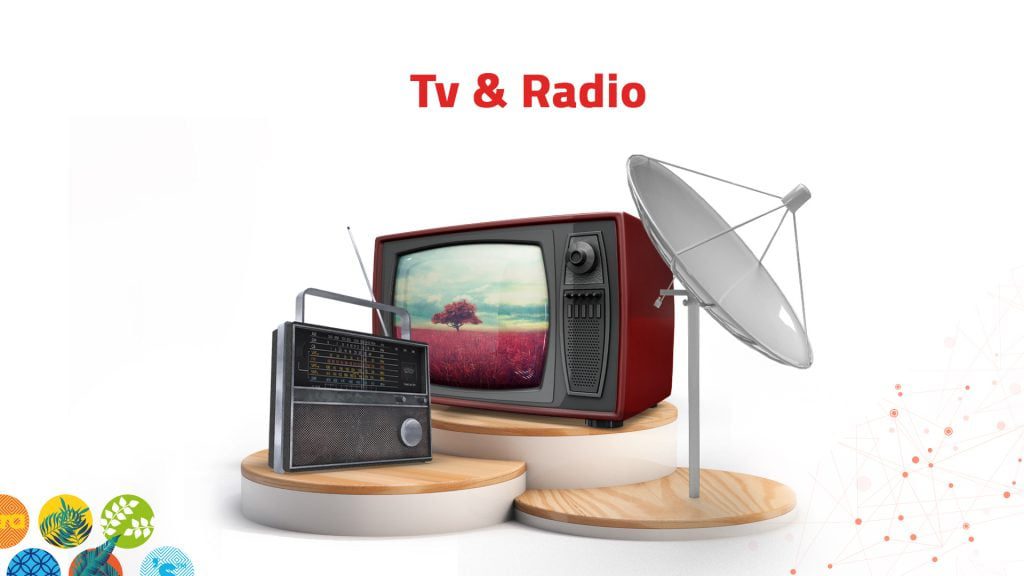Despite the surge in internet usage and smartphone reliance, television and radio advertising continue to offer substantial returns on investment in the business arena.
In fact, television advertising stands out in terms of its success with key performance indicators (KPIs), surpassing other media sources. The appeal lies in the potential to reach a vast audience through a single advertisement.
Radio and Television Advertising
For radio & televesion advertising, Television, a globally popular entertainment medium, boasts a distinct edge, with studies revealing that around 60% of consumers are more inclined to make purchases after viewing television ads, compared to slightly over 40% for online and social media advertising.
On the flip side, radio’s audience is often more fragmented and modest due to the multitude of local stations compared to television.
Television Advertising
Television provides unparalleled creative possibilities among traditional media. Combining visual and auditory elements, it goes beyond the scope of radio by incorporating motion. Advertisers often weave compelling narratives into their commercials to resonate with the audience, as creativity imbues brands with deeper significance beyond their primary products.
Despite critiques concerning the cost of TV ads, they offer an unparalleled opportunity to access a broad viewership. This reach metric encompasses the total number of individuals exposed to your advertising message, often a primary objective for companies aiming to boost brand awareness.
Read More: What is guerrilla marketing?
Radio Advertising
Radio, often considered an economically favorable traditional medium, is frequently preferred by local businesses. This preference is due, in part, to the fact that radio advertising doesn’t necessitate the extensive video equipment and logistics demanded by pricier television ads.
Retaining its cultural significance, radio holds unique advantages over other channels:
- Targeted Reach: With an array of radio stations catering to diverse audiences, marketers can pinpoint stations that resonate with their target demographic.
- Igniting Imagination: Restricted to sound, radio adverts spur active imagination, encouraging listeners to conjure mental images that align with the intended message.
- Efficiency in Time and Cost: Radio spots can be inserted into tight budgets and schedules, requiring fewer specialized personnel than producing television or digital ads.
- On-the-Go Accessibility: Radio accompanies commuters, bridging the gap when television and social media access are limited. This affords radio ads a unique space with less competition for consumer attention.
In this digital era, radio and television advertising remains steadfast, each offering distinctive advantages for brands seeking to captivate audiences with their messages. Advertisers skillfully leverage the nuances of these traditional channels alongside the dynamism of social media to craft comprehensive marketing campaigns.



